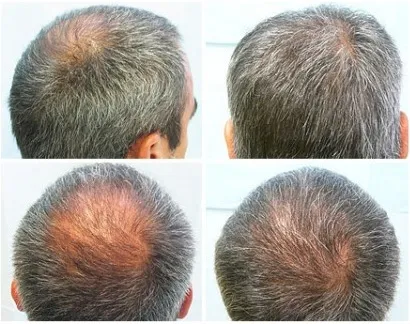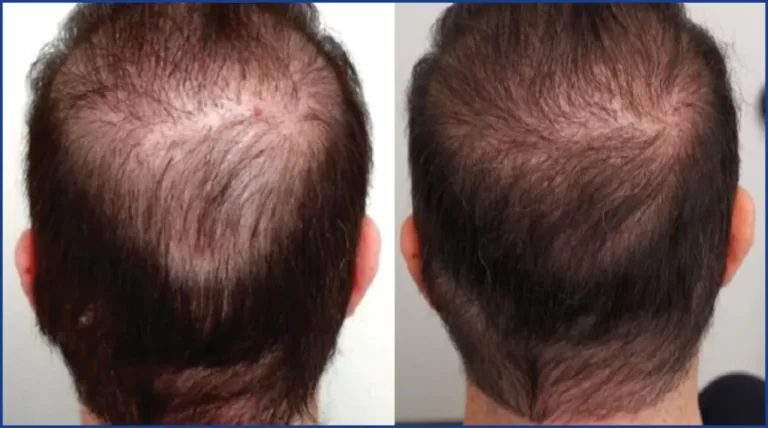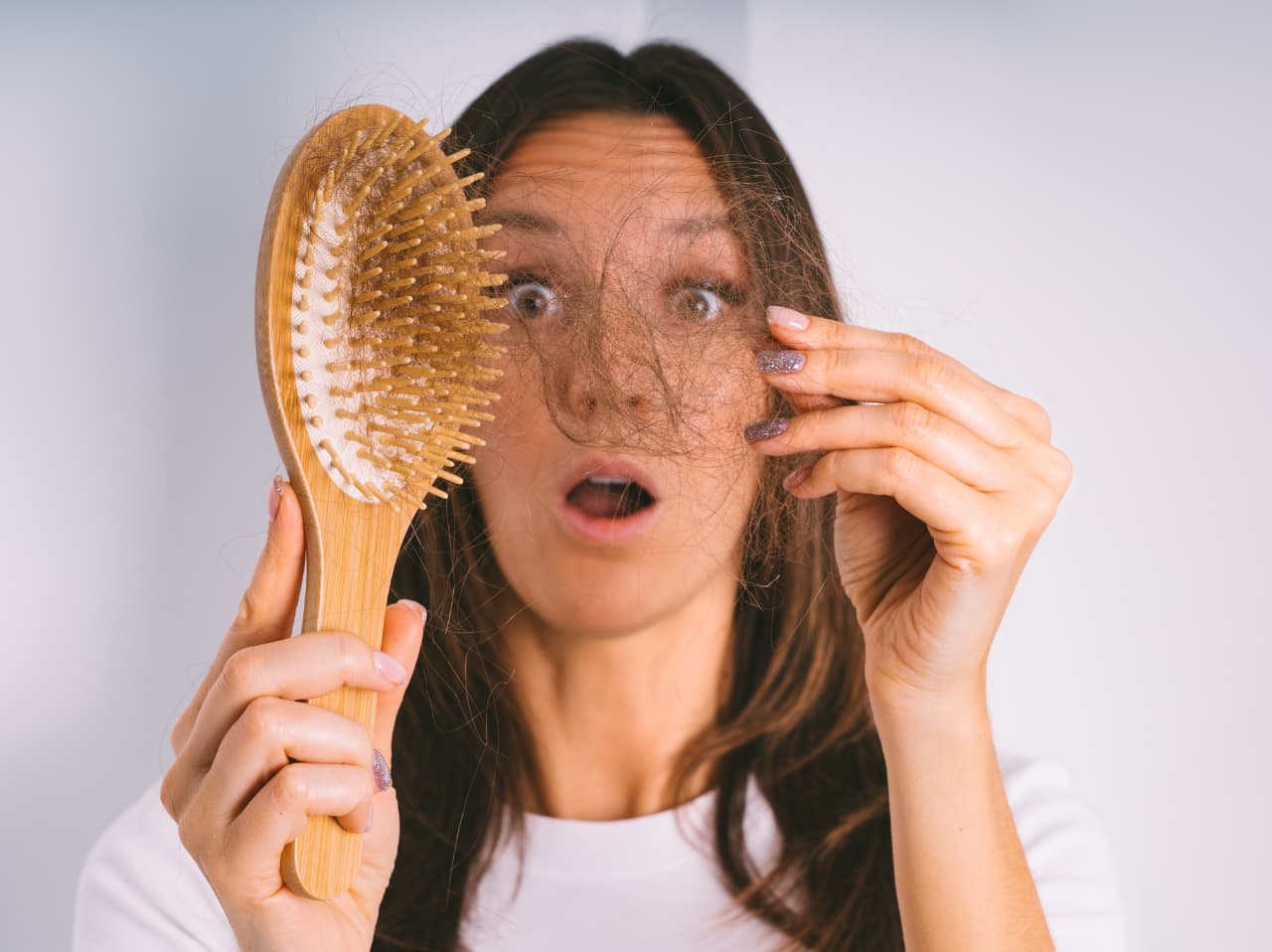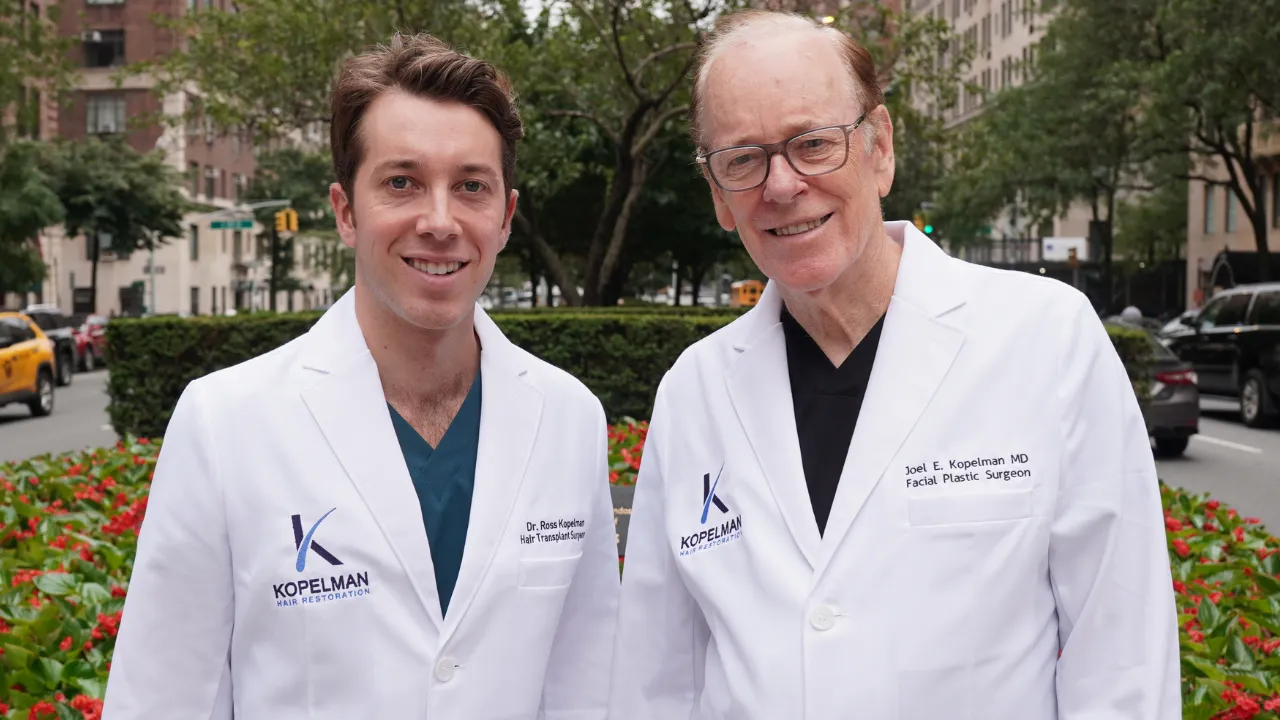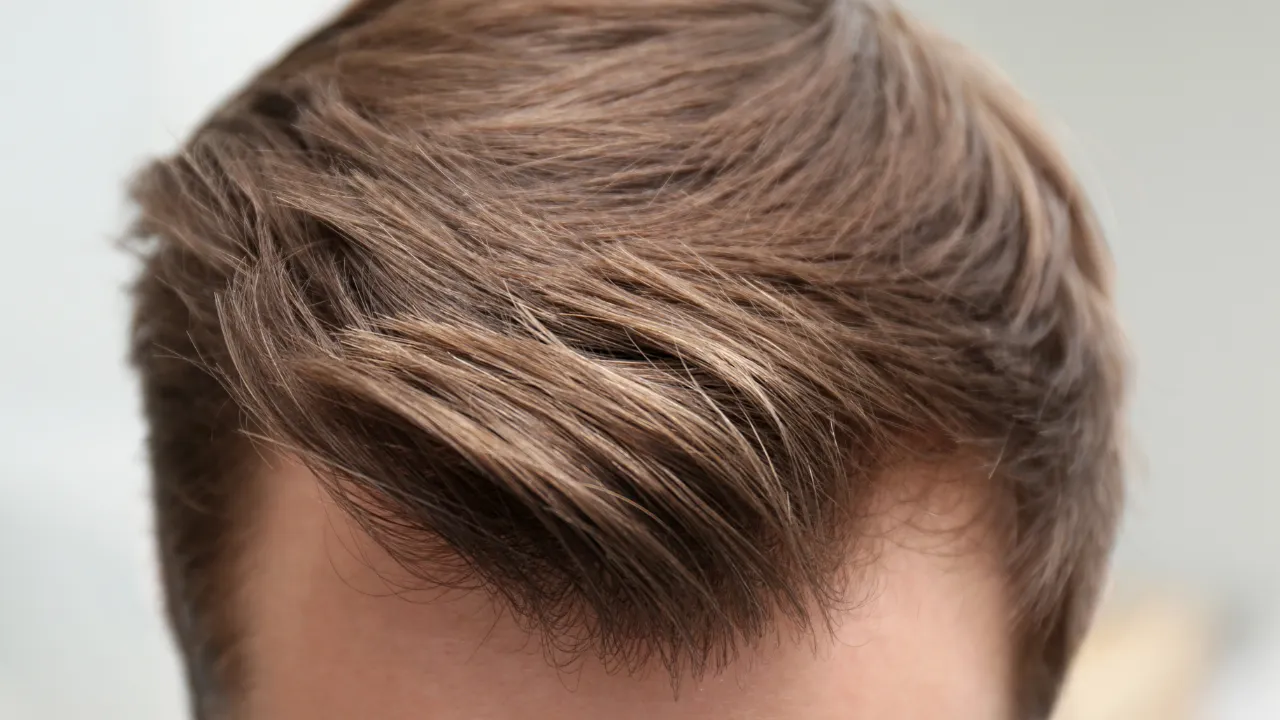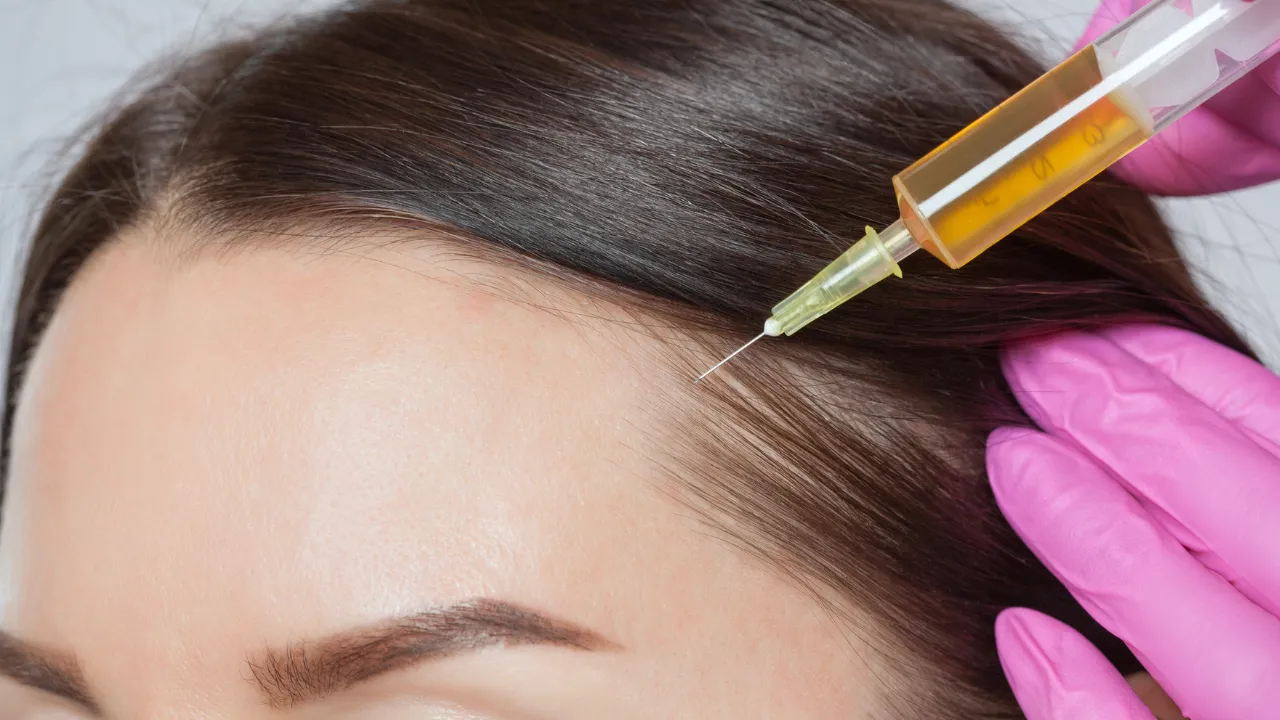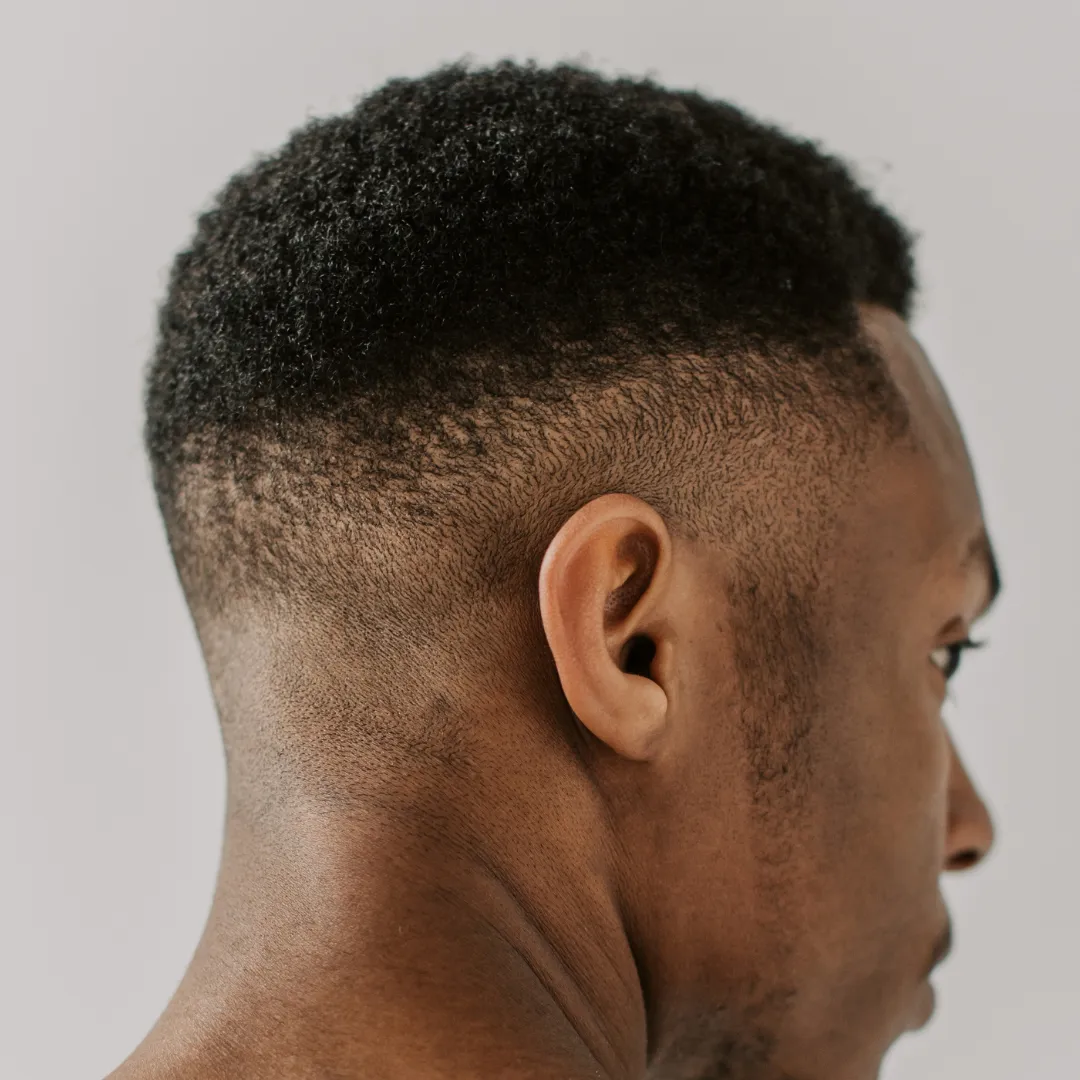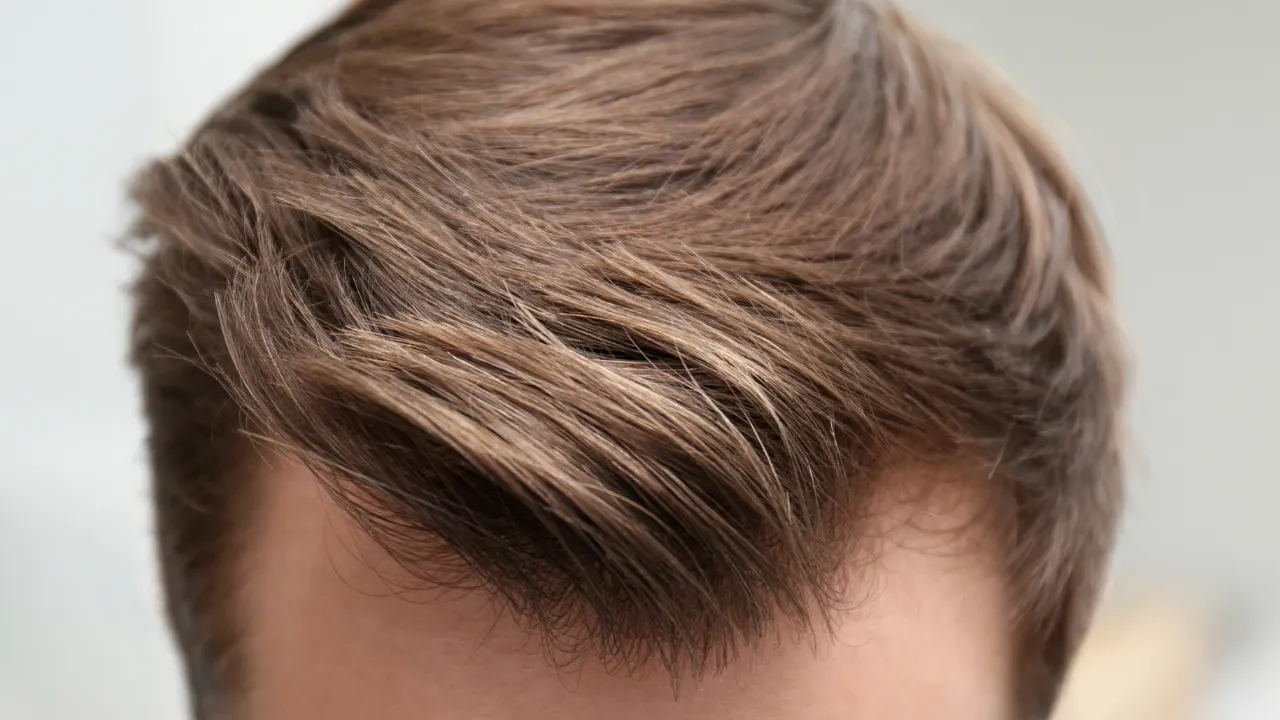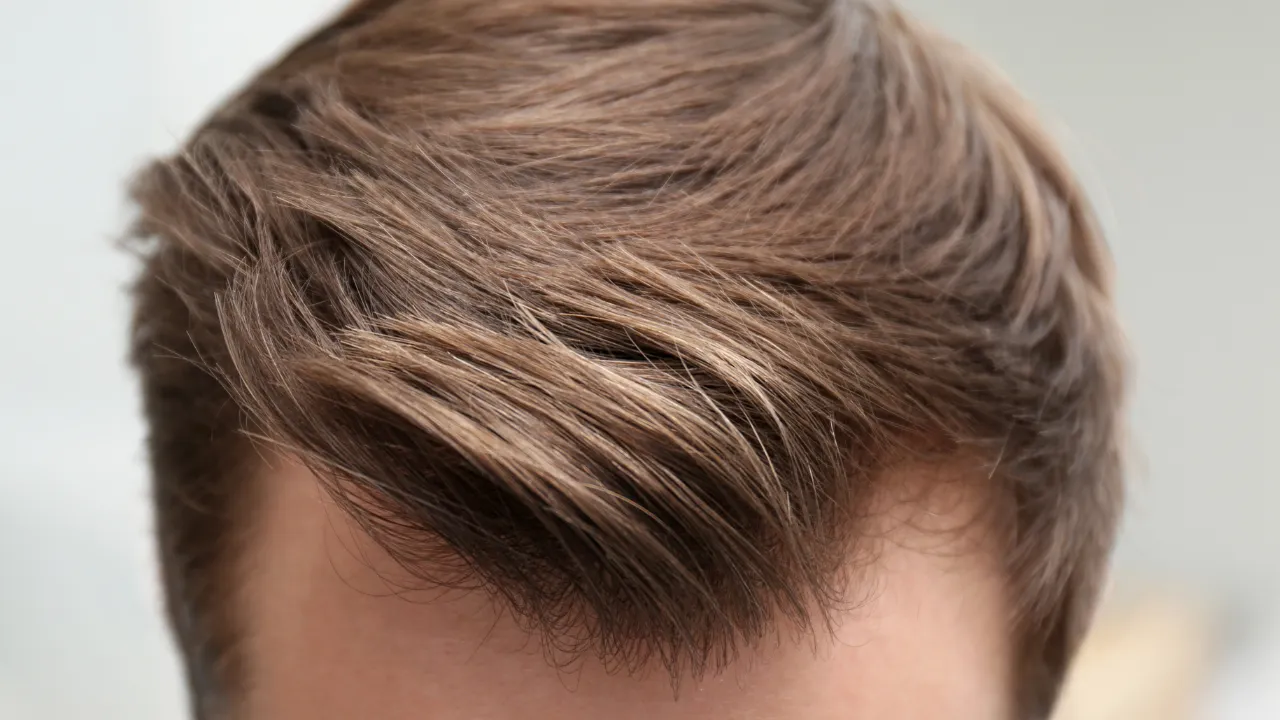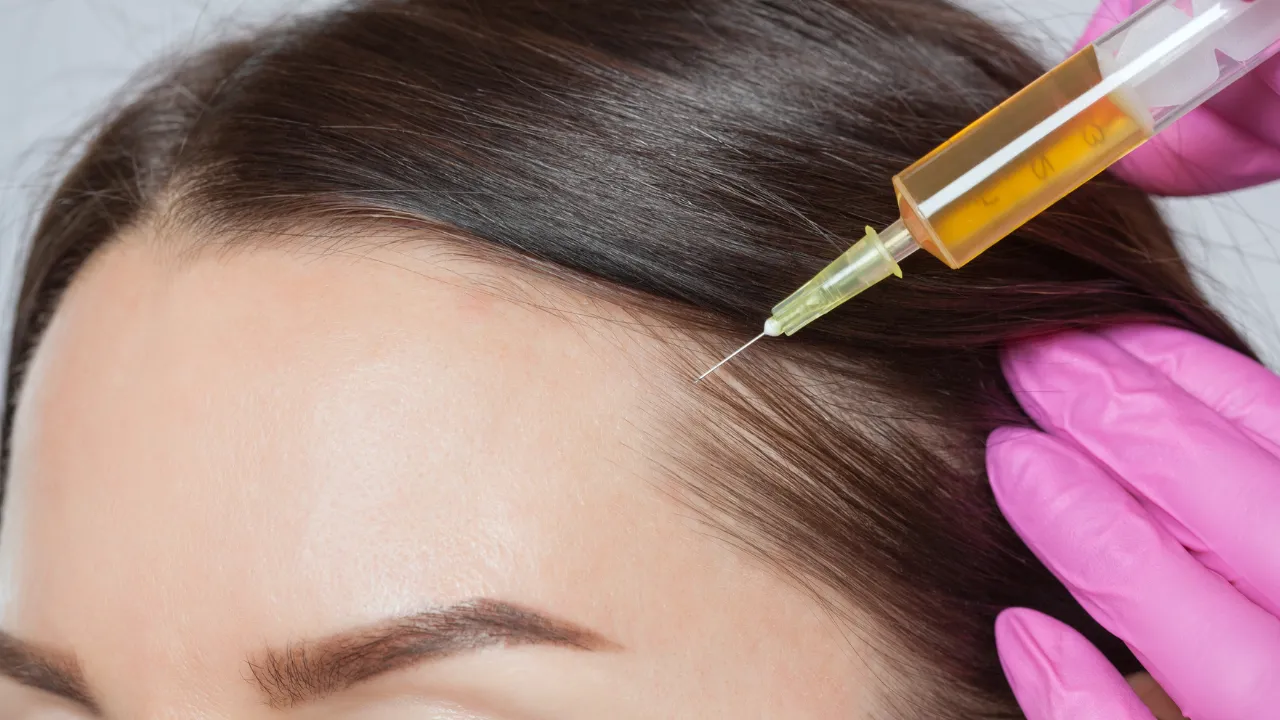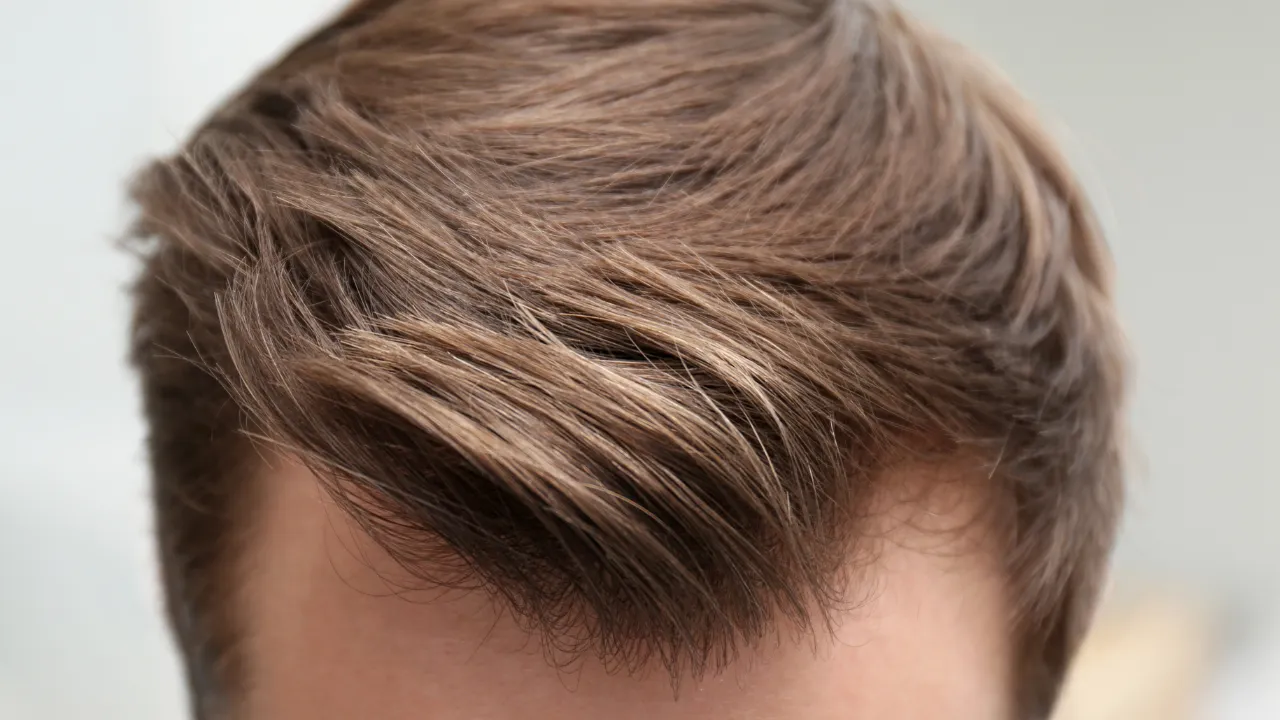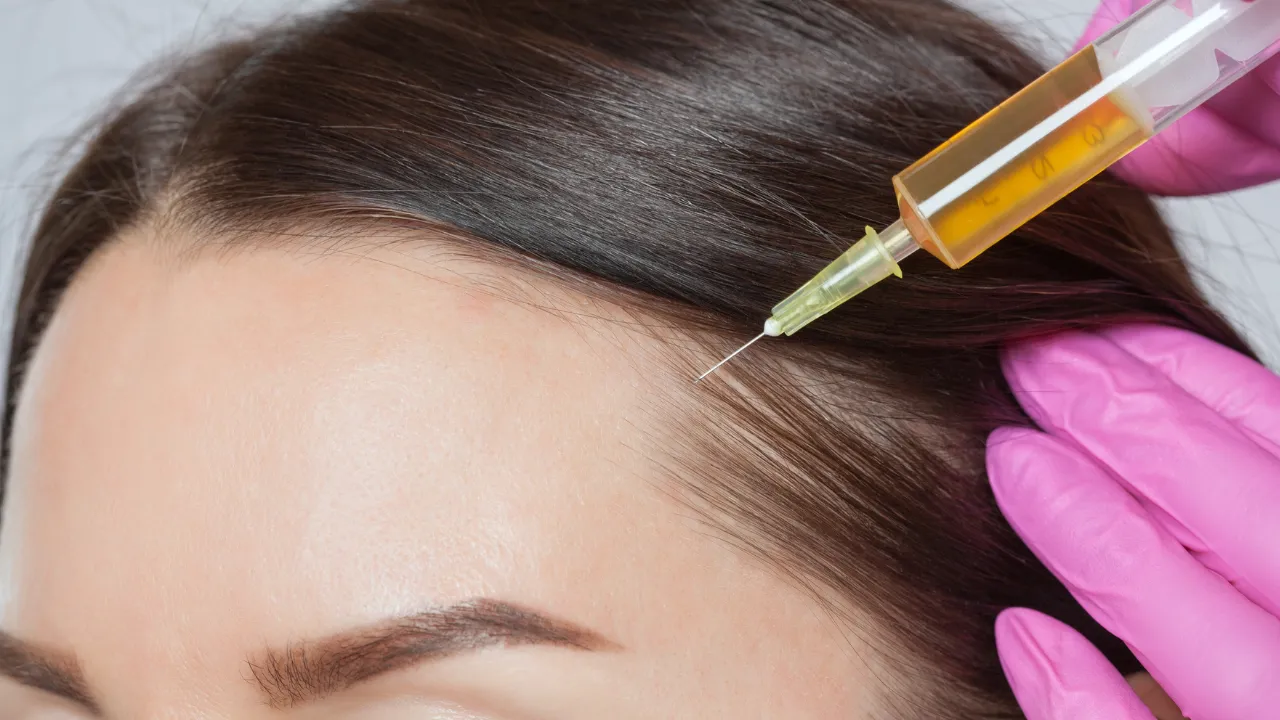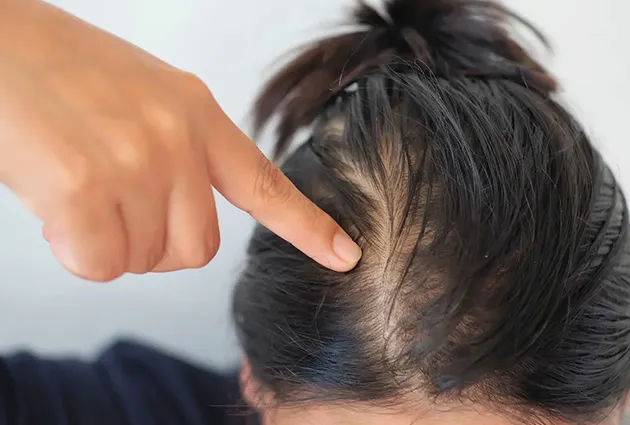Table of Contents
ToggleFor individuals experiencing hair loss, a beard to scalp hair transplant before and after transformation can be life-changing. At Kopelman Hair, we specialize in advanced hair restoration techniques, offering solutions for those with limited scalp donor hair. By utilizing beard hairs as an alternative donor area, Dr. Kopelman provides a customized approach to hair transplant surgeries, ensuring natural and lasting results.
What Is a Beard to Scalp Hair Transplant?
A beard to scalp hair transplant involves extracting facial hair from the beard area and implanting it into thinning or balding recipient sites on the scalp. This technique is ideal for individuals with insufficient scalp hair but dense beard hair that can be repurposed for hair restoration.
Can You Transplant Hair from Beard to Scalp?
Yes, beard hairs can be effectively transplanted to the scalp. The procedure follows the FUE harvesting method, where donor hairs are carefully extracted from the beard area and implanted into recipient areas on the scalp. This method ensures minimal scarring and a seamless blend with existing scalp hairs.
You can learn more about beard hair for hair transplant to understand how surgeons assess beard donor suitability.
Who Is a Good Candidate?
Ideal candidates for a beard to hair transplant include individuals experiencing hair loss who lack sufficient scalp donor hair. Those with coarse beard hair and healthy hair follicles in the donor site are best suited for the procedure. A consultation with Dr. Kopelman helps determine candidacy based on hair texture, growth pattern, and medical history.
How the Hair Transplant Procedure Works
A beard to scalp hair transplant involves several key steps to ensure optimal results.
How Beard Hair Is Used for Hair Transplants
Beard hair is often denser and thicker than scalp hairs, making it a viable option for hair transplant surgeries. It is commonly used to enhance hair density in thinning areas, particularly in cases where the number of grafts needed exceeds available scalp donor hair.
Step-by-Step Process
- Extraction: Using the FUE harvesting technique, donor hairs are removed individually from the beard area under local anesthetic.
- Preparation: The hair follicles are examined and prepared for implantation.
- Implantation: The extracted beard hairs are placed into recipient sites, ensuring natural alignment and growth.
- Healing and Recovery: Over the next few months, the hairs transplanted begin to blend naturally with scalp hairs, leading to a fuller appearance.
Post-Procedure Care
This guide, Managing Skin Redness After Hair Transplant, provides more details on managing skin redness after a hair transplant.
Proper aftercare is essential for optimal healing. Patients are advised to avoid shaving, excessive sweating, and direct sunlight for the first few weeks. Medications and gentle washing routines help promote healthy growth in the recipient areas.
Benefits, Risks, and Success Rate
A beard to scalp hair transplant offers multiple advantages but also comes with considerations.
Why Use Beard Hair for a Hair Transplant?
- Increased donor supply: Those with limited scalp donor hair can still undergo a hair transplant from beard.
- Thicker hair density: Beard hairs can add volume to thinning areas.
- Minimally invasive: The FUE harvesting technique reduces scarring and downtime.
What Is the Success Rate?
Success rates for beard to scalp hair transplants are high, with hairs transplanted achieving an 80-90% survival rate. Proper post-procedure care and adherence to recovery guidelines enhance long-term results.
Risks and Considerations
- Texture mismatch: Beard hairs may have a different texture than scalp hairs.
- Mild scarring: Small extraction marks in the donor site fade over time.
- Initial shedding: Some hairs transplanted may shed before regrowth begins, which is a normal phase of healing.
Alternative Donor Areas for Hair Transplantation
While beard hair is a strong alternative for hair transplantation, other donor areas can be used when both scalp donor hair and beard hairs are insufficient. These include chest hair, leg hair, and arm hair, which may provide additional grafts. However, these hairs differ in texture and growth cycles, requiring specialized placement techniques.
Cost and Pricing Factors
The cost of a beard to hair transplant varies based on the number of grafts required and the complexity of the procedure, typically ranging from \$15,000 to \$18,000 for extensive procedures.
How Much Does a 3000 Grafts Hair Transplant Cost?
A 3000-graft hair transplant can cost $25,000 to $30,000, depending on the clinic’s reputation, location, and surgeon’s expertise.
How Much Does a 2000 Grafts Beard Transplant Cost?
A 2000 graft beard transplant typically costs $15,000 to $18,000, influenced by similar factors as larger procedures.
Recovery and Results
Healing timelines and expected results vary among patients.
When Can You Shave Your Head After a Hair Transplant?
Patients should wait at least four weeks before shaving the recipient sites to avoid disturbing the newly implanted hair follicles.
Healing Stages and Expected Results
- Week 1-2: Initial redness and mild swelling.
- Month 1-3: Some beard hairs may shed before regrowth begins.
- Month 4-6: Visible new growth appears.
- Month 9-12: Full hair restoration results are evident.
Before and After Results: Real Patient Transformations
Patients undergoing a beard to scalp hair transplant before and after transformation often see a dramatic improvement in hair density. Real-life case studies highlight the effectiveness of this procedure in restoring confidence and a youthful appearance.
Final Thoughts
A beard to scalp hair transplant before and after transformation can significantly enhance hair density and restore a natural-looking hairline. With expertise from Dr. Kopelman and the Kopelman Hair team, patients can expect personalized treatments that deliver lasting results. If you’re considering a hair transplant from beard, schedule a consultation to explore your options for hair restoration today!
Hair Transplant Frequently Asked Questions
What to Expect from Healing to Full Results?
Healing is gradual, with final results visible after 9-12 months. Patience and adherence to post-op care maximize the success of the transplant surgery.


